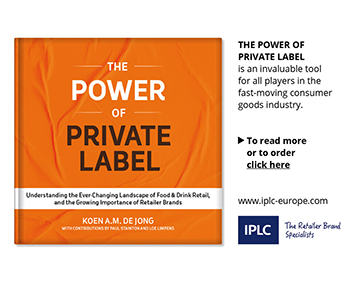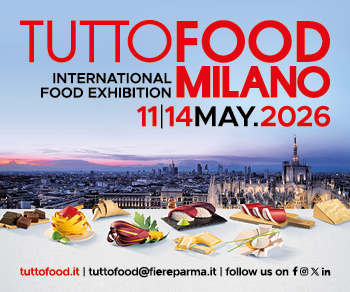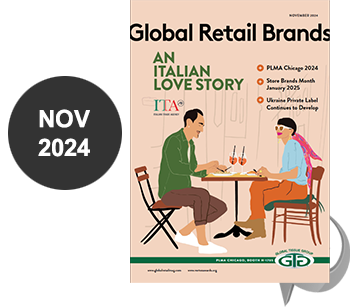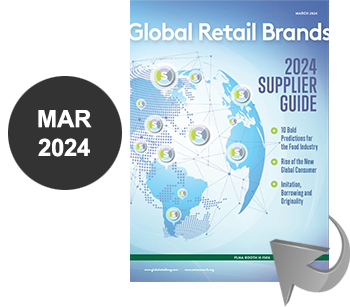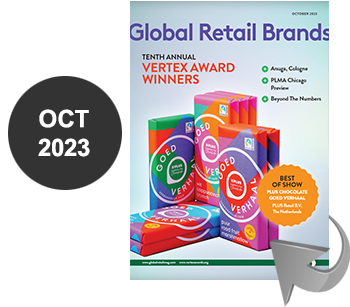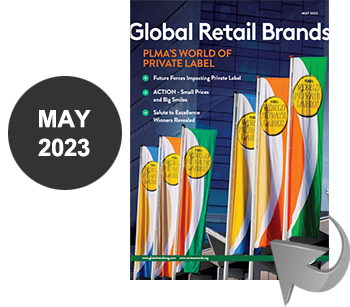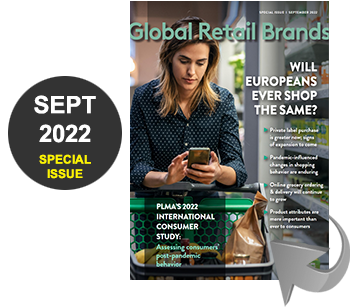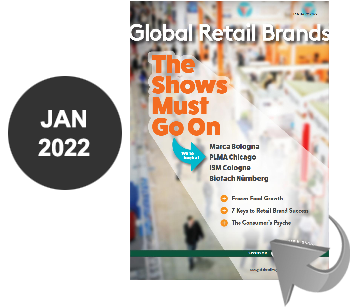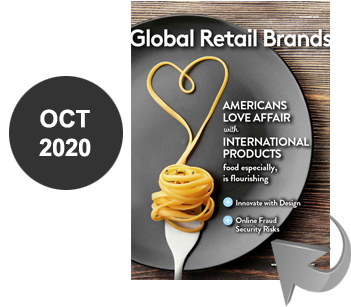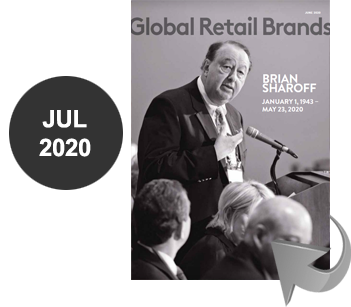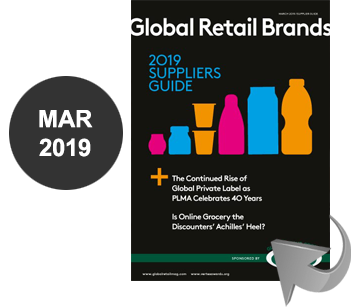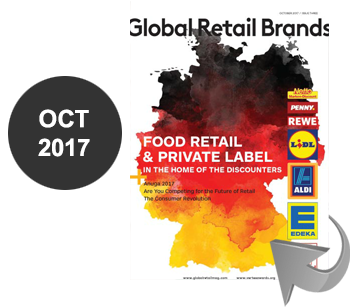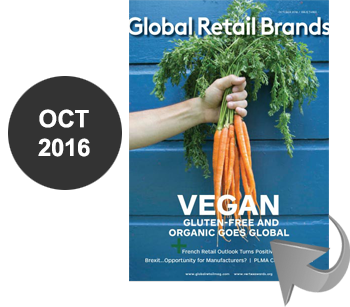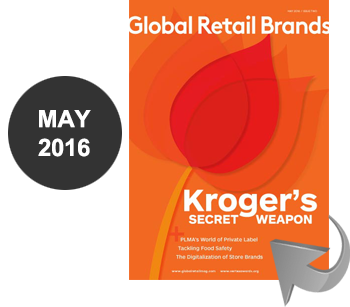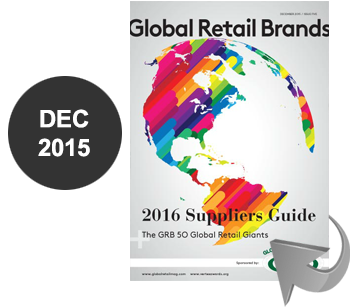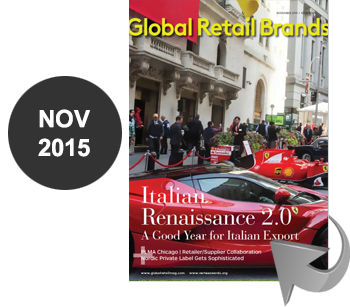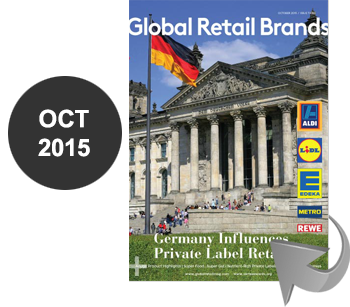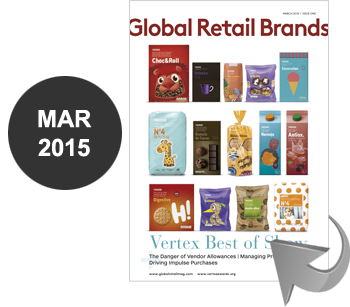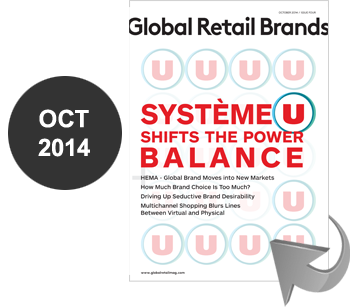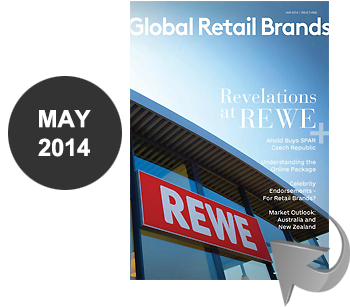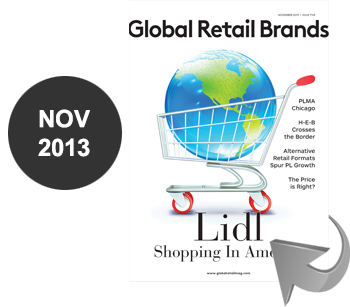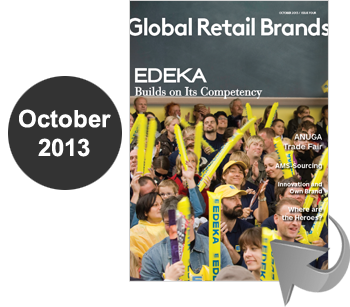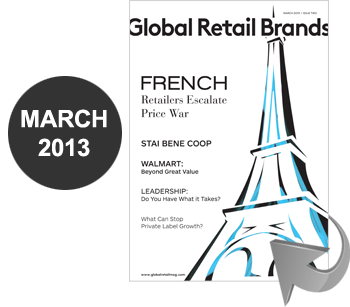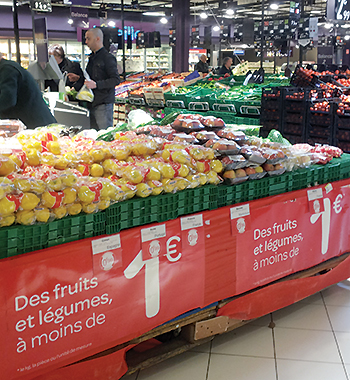 By / Gildas Aitamer, Associate Analyst, and Magali Dubreil, Retail Analyst , Planet Retail
By / Gildas Aitamer, Associate Analyst, and Magali Dubreil, Retail Analyst , Planet Retail
French retailer Casino, which has, for several quarters, strived to distance itself from fierce price competition in its domestic market, is now stepping into the fray with serious intent. While its initial efforts focused on private labels, with comparative shopping basket promotions illustrating a price-cutting campaign on 1,500 private label SKUs, Casino has now decided to widen its strategy to encompass national brands. It is currently running a marketing campaign headlined as ‘The lowest prices on 3,000 products’, featuring some 500 manufacturer brands.
Casino let its prices drift for several quarters in France, but slipping results over 2012 forced the retailer to commit body and soul to the price war.
When French retailers embark on a price war >>
Since LME (Loi de Modernisation de l’Economie) in 2008, which introduced the principle of freely negotiable prices between retailers and suppliers, hypermarket and supermarket operators – including Leclerc – have been at liberty to drastically reduce prices on national brands. On the top of this, any battle for price leadership in consumers’ mind must be fought over comparable goods and therefore, centred on the leading manufacturer brands. Increased price-aggression from mainstream operators, coupled with promotional deflation on national brands were key factors in explaining discount retailer and private label market shares stagnating in France.
Independent retailers stand out from the crowd >>
In 2012, all French independent retailers have produced strong financial showings, with all of them recording these performances on the back of aggressive pricing strategies. For 2013, the independent retailers are not willing to relinquish their efforts in price investment. In a sluggish food market, most retailers see further investment into pricing as a necessary evil in order to grow market share.
Système U has been heavily pushing comparative price advertising of late. The independent, which aspires to sales of EUR20 billion (USD25 billion) by 2015, believes it will be able to make more price cuts by achieving productivity gains in logistics and IT. It also hopes to be better placed to negotiate with suppliers if it gains an increased market share. “Our first argument is our continued growth. To negotiate effectively, we must assess growth,” said President Serge Papin.
Competitor Intermarché has announced that “in 2013, we will continue to pursue an uncompromising pricing strategy.” The independent operator claims to be benefiting from stiffening price competition in the market. Jean-Pierre Meunier, President of the Société Civile des Mousquetaires, recently declared: “Despite our efforts on prices, our profitability has not suffered in 2012. We are targeting a 4-5% sales growth in 2013.” Meunier continued: “Those good results are strong positive signs, which confirm our strategic choice on our basics: price and convenience.” By dint of its pricing strategy, Intermarché was able to post a like-for-like sales increase of 4% in 2012. Today, Intermarché’s private labels comprise around 36% of sales and 50% of volumes.
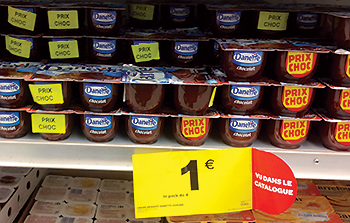
Casino launched a major price cut across its supermarkets and hypermarkets, overwhelming shoppers with price drop tags.
Making integrated retailers all the more price-aggressive >>
Carrefour has been running its year-long ‘Low price guarantee’ on 500 manufacturer brands, refunding twice the difference if shoppers find any selected product cheaper at rival stores. Casino subsequently upped the ante with 3,000 private label and branded products at guaranteed prices and an offer to refund shoppers ten times the price difference, raising the temperature of an already-fevered market to boiling point. With prices careering out of control over the past 12 months, Casino reaped a bitter reward as it saw its hypermarkets’ Q4 like-for-like sales plummeting 9.9%. In January this year, Carrefour’s CEO Georges Plassat noted bluntly: “In the retail industry, price is not a prerequisite, it is a must-have!”
Carrefour’s ‘low price guarantee’ has been in place all year long. It applies not only to national brands and seasonal products, but also on selected fresh products ranging from fish to cheese and fruit & vegetables. Right / Casino launched a major price cut across its supermarkets and hypermarkets, overwhelming shoppers with price drop tags. cover story / French Price Wars www.globalretailmag.com 47 Auchan has tried to maintain a distance, preferring to shine a general halo effect over its stores rather than indulge in direct price comparison. Auchan is pushing its self-service loose products, promoting its ‘Below EUR1’ offering and longestablished self-discount corners. Indeed, last year, the retailer increased its range of fruits & vegetables available for less than EUR1 (USD1.32) from the previous eight to 14 varieties. It also expanded the scheme to take in a broader range of products, including meat, frozen food and organic products. The retailer also increased discounts for loyalty cardholders from 5% to 10% on selected items. Carrefour has kept a close watch on its rival large hypermarket operator’s strategy and has copied – with a small degree of success – the hard discount corners and Under- EUR1 fruit & vegetables in some of its big-box outlets.
With Leclerc the man in their sights! >>
French independent retailer Leclerc, which aims to overtake Carrefour by 2015, is pledged to continue placing low price to the fore – its mainstay. The retailer, which attributes its strong 2012 financial performance to its “aggressive low pricing strategy”, has announced that it will remain the cheapest banner and anticipates 2013 sales growth of 4-6%. Leclerc has vowed to back its SME suppliers in 2013, promising to take on board any price increases justified by rising raw materials costs. It was made implicit such increases would be absorbed by the retailer when President MichelÉdouard Leclerc wrote: “The average price inflation must not exceed 1% in 2013.” This commitment could be difficult to sustain if major inflation in raw materials costs were to occur. Food inflation rose 2.3% in France during 2012, despite remaining flat in December 2012, according to the national statistical office INSEE. Leclerc’s marketing strategy, which has always been centred on the issue of the consumer’s spending power and offering the lowest prices, is paying off. Over the last few years, Leclerc’s market share has been increasing at the expense of Carrefour, which until recently has struggled to improve its price image. However, Carrefour’s investment in pricing since 2012 and its subsequent rehabilitated popular price perception could make Leclerc’s ambitions of taking pole position harder to achieve.
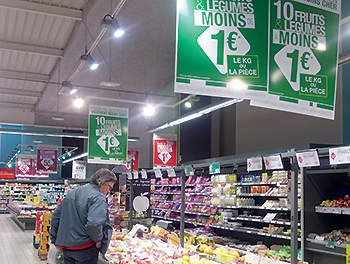
Just like Auchan, Casino’s Leader Price emphasises its under EUR1 offering – both on fresh produce (10 varieties of fruit & vegetables) and 700 general products across their stores.
Which retailer could benefit from this price war? >>
The burning question remains as to whether all retailers are able to survive a prolonged price war. The position of Carrefour and Casino – two listed retailers – will be more difficult to sustain. For its part, Carrefour announced it would use the cash amassed from its various divested international operations last year to reinforce price efforts on its European markets, Meanwhile, Casino affirmed that price reductions would not impact profitability as it will pass on improved cost efficiencies and manufacturer discounts to its customers.
Nevertheless, due to their structures, integrated groups are duty-bound to deliver a return to shareholders. Leclerc, though, can take advantage of its independent grocers, store owners with low debt levels and the ability and inclination to invest. Leclerc can exert pressure on its members to cut prices, even slicing their margins in order to gain volumes. Just like Auchan, Casino’s Leader Price emphasises its under EUR1 offering – both on fresh produce (10 varieties of fruit & vegetables) and 700 general products across their stores.
Similarly, the family-owned Auchan benefits from its enduring resilience and long-term view in its home market. Plus it always has the possibility to offset any domestic losses with results posted in key overseas markets such as Russia and China.
According to independent Intermarché, profits have not suffered in 2012 despite its efforts on prices. Much of this profitability comes from the RCI (Remises Conditionnelles d’Interdépendance), a scheme which rewards members applying the retailer’s strategy in the fields of assortment, promotions etc. This enables them to earn the equivalent of 2.15% of turnover at year-end. That said, the scheme could result in some members losing a degree of their independence and, as a result, leaving Intermarché to join the competition.
Implications >>
- Pressure on brand suppliers not to pass on price increases will intensify. The continual focus towards sustained low prices will mean that manufacturers will have to adapt accordingly.
- It will be an increasingly tough battle for discount retailers like Aldi and Lidl, as hypermarket and supermarket operators embark on a price war. It is to be expected that discounters will respond by continuing to introduce even more national brands, eventually diluting their core concept.
- Manufacturers will face two problems: the intense price competition on national brands will distort customers’ price perception of products while at the same time they will have to cope with retailers’efforts to push their private labels forward, in order to maintain their margins.
- Price transparency is now in the hands of consumers who can compare prices via the retailer’s Drive websites (which display the same prices as in stores), requiring retailers to keep a tight control not only on major brands but on secondary and tertiary brand assortment as well.

